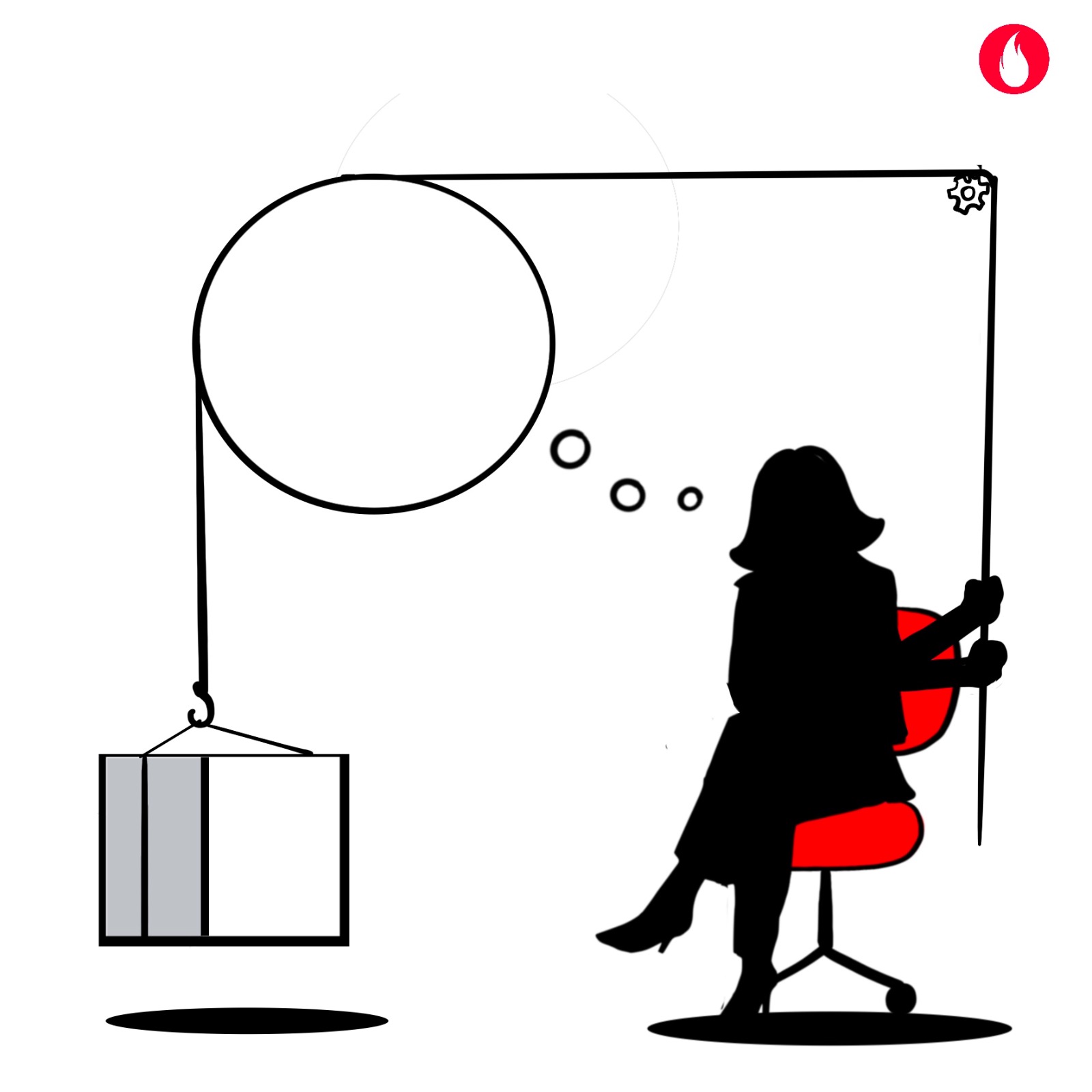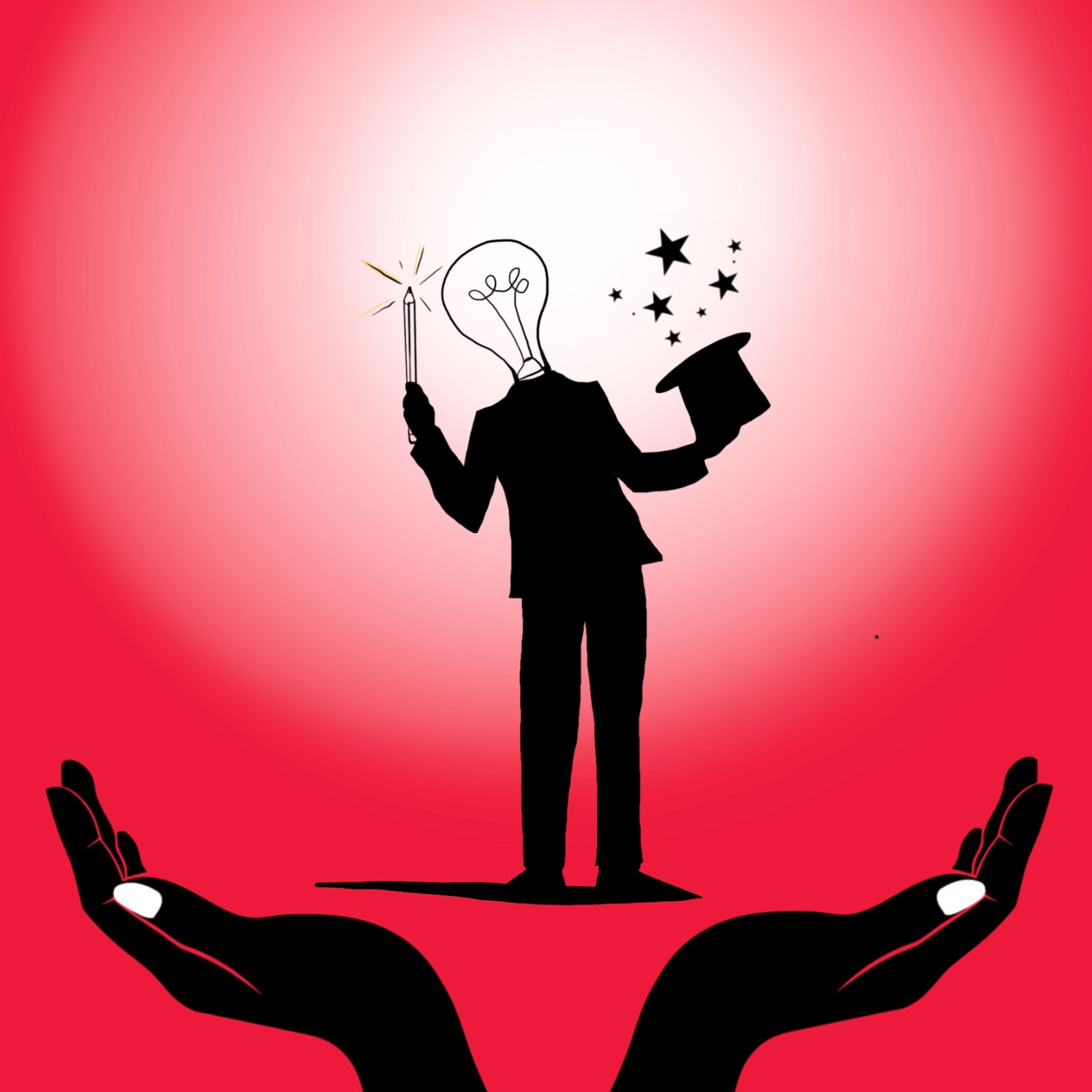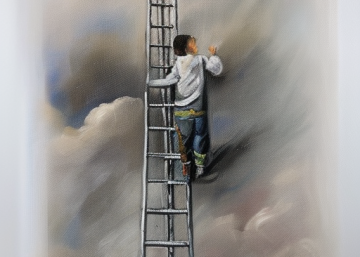“This team member sent me an email on a non-working day. It shows her commitment” said a business leader in conversation. This statement is not only assessing the team member. It says a lot about the beliefs and assumptions of this business leader too. Assumption and beliefs held closely by the team, shapes organisational and team cultures. In this edition of The OWL on Agile & Experiments, let us explore how assumptions shape organisational culture. We also discuss, how to spot and change assumptions, to shape your organisation’s culture.
Organisational Culture & Assumptions
Edgar Schein, defines organizational culture as “a pattern of shared basic assumptions that a group working together for a common goal has created. in learning to cope with the problems of external adaptation and internal integration.” There are many many layers to this definition. For now, let us explore culture from the lens of shared assumptions made by the group.
Assumptions as we know from earlier blogs is our way of making sense of how things work. Assumptions help us make decisions and get things done. The other aspect worth keeping in mind, is that assumptions create a cycle. One that can be virtuous or vicious. It also is a dynamic, ever evolving cycle. How?
Assumptions influence how we think and therefore how we act. How we act further strengthens the wiring in our brains about how things work! Thinking and actions most repeated by the team members becomes the norm/ culture of the team.

Examples of assumptions impacting organisational culture
Assumptions by themselves do not damage organisational culture, but they shape it. The danger for organisations is when leaders and teams do not pause and reflect upon:
- Whether the assumptions still hold good? Or has the need and context of the organisation shifted?
- Whether the assumptions held create intended outcomes for the teams?
We see this at play in many organisations in many ways. For instance, a colleague joined a hierarchical organisation as a business head. She held different beliefs about hierarchies and access to leaders, due to her varied experiences. She set up an ‘open-door’ process, among other measures. Whereby whenever the leader’s door was open, anyone in the team could walk up to discuss their ideas and issues. Many weeks later, she said the team was yet to walk through the door. The team members had not stopped to question if their assumptions about hierarchy needed to shift!
“Assumption is the enemy of communication.”
Winston Churchill.
Zappos call centre employees share a strong belief that providing outstanding service will result in loyal customers. These beliefs and assumptions show up as observable behaviour, so much so that employees send potential customers to other retailers if Zappos doesn’t have the item in stock.
Another much bemoaned change effort is that of diversity and inclusivity within organisations. Leaders set up diversity (gender/ ability/ nationality/ etc) hiring targets for teams to meet. Diverse talent does not always thrive within these teams. Assumptions and beliefs about the capabilities of the diverse talent recruited (most often held subconsciously and never discussed) gets in the way. These assumptions lead to minor and major acts of exclusion towards diverse talent. Thereby stifling their potential.
Shaping organisational culture through assumptions
Counter-intuitive as it may sound assumptions can indeed help business leaders shape and fashion the culture they wish to create in their teams. The secret sauce is to be able to spot assumptions which lurk right under the surface.
The ways to spot assumptions are many. Language, ladder of assumptions, 5 tools to spot assumptions, Going beyond the yes and more. In this edition we offer a few more tools and clues to spot shared assumptions held by teams:
- This first one is possibly the simplest to spot and most effective when tried. Whenever you hear the words, ‘this is how things are done here’ – pause and probe further. Ask inviting, open ended questions to find out what shared beliefs and assumptions are making teams believe this statement.
- Watch closely to what people pay attention to. Visible artefacts many a times exist because they represent shared assumptions and beliefs. Artefacts in turn shape assumptions and thereby culture.
- Listen to the stories and anecdotes that are retold frequently. Stories are a powerful gateway to understand the culture of a team. They show up inherent beliefs and shared assumptions the team holds
Spotting assumptions and changing them to shape the culture of your team is an ongoing endeavor. As Mr. Vivek Patwardhan says, “every team member impacts the culture of your team. It is a dynamic and evolving phenomenon. Think of it like a living system”. Couldn’t agree more.

Agile Stories
This story is from Bank of America. The earliest part of this company dates back 240 years. They are one of the Big4 banks in United States roughly serving 10.4% of the country’s population. When Kenneth Lewis became the bank’s CEO in 1999 he realised the bank needed fresh approaches in services delivery. He also noticed something strange and decided to rectify it.
Have you noticed that most R&D departments exist in manufacturing companies? When Bank of America wanted to create new service concepts for retail banking, they realised they needed an R&D mindset. To make experimentation part of their culture and DNA, they took a few crucial steps. Listing a few (non-exhaustive list):
- Set up an Innovation & Development (I&D) team.
- Turned a set of its branches into labs, where they could run experiments with actual customers.
- Created an idea portfolio and categorized them based on importance.
They have run a number of experiments till now. Refining the ways they learn and measure from these experiments too.
One experiment that stays with me is when the bank wanted to improve the wait time experience of its customers. Their hypothesis was improving the wait time experience of customers would lead to better revenue metrics in the branch.
One of the ideas to improve wait time experience of customers was to install TV screens in the branches, with details of BOA products being displayed. The team installed television sets across 20+ of its branches to test the idea. They measured both customer responses and also the revenue figures over a few months.
The experiment showed that customer feedback had gone up however the revenue metrics had not. The team concluded that the returns for installing television sets across its thousands of branches would not be profitable. They decided to test other ideas for improving customer experience during wait time.
Being careful in how you define success of the experiments is crucial to ensure the right learning and outcomes.



